Archive Capstone Projects
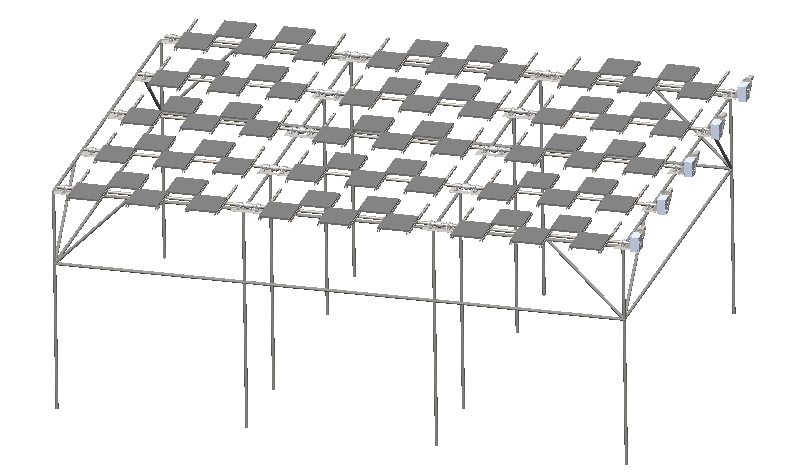
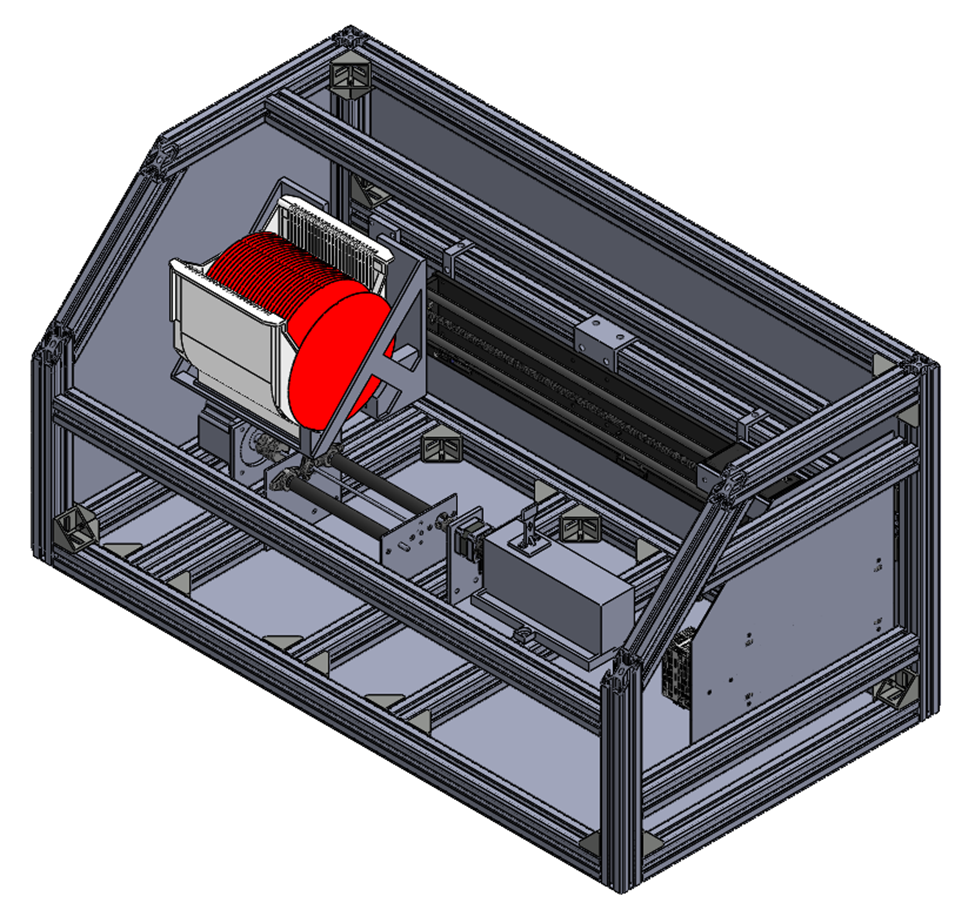
Upon successful verification, the system will proceed with aligning the wafers to enable the OCR reader to accurately capture the information. The measuring process involves placing each wafer on a pedestal equipped with a weight scale for a 4-second stabilization period. Meanwhile, the OCR reading will take place. This measuring cycle will be repeated 25 times, corresponding to each wafer in the cassette.
To facilitate data management, all OCR readings and weight measurements will be compiled and formatted into an Excel sheet. This organized format aims to enhance the user's ability to interpret and analyze the data easily.
Project Sponsor: GigaMat Technologies
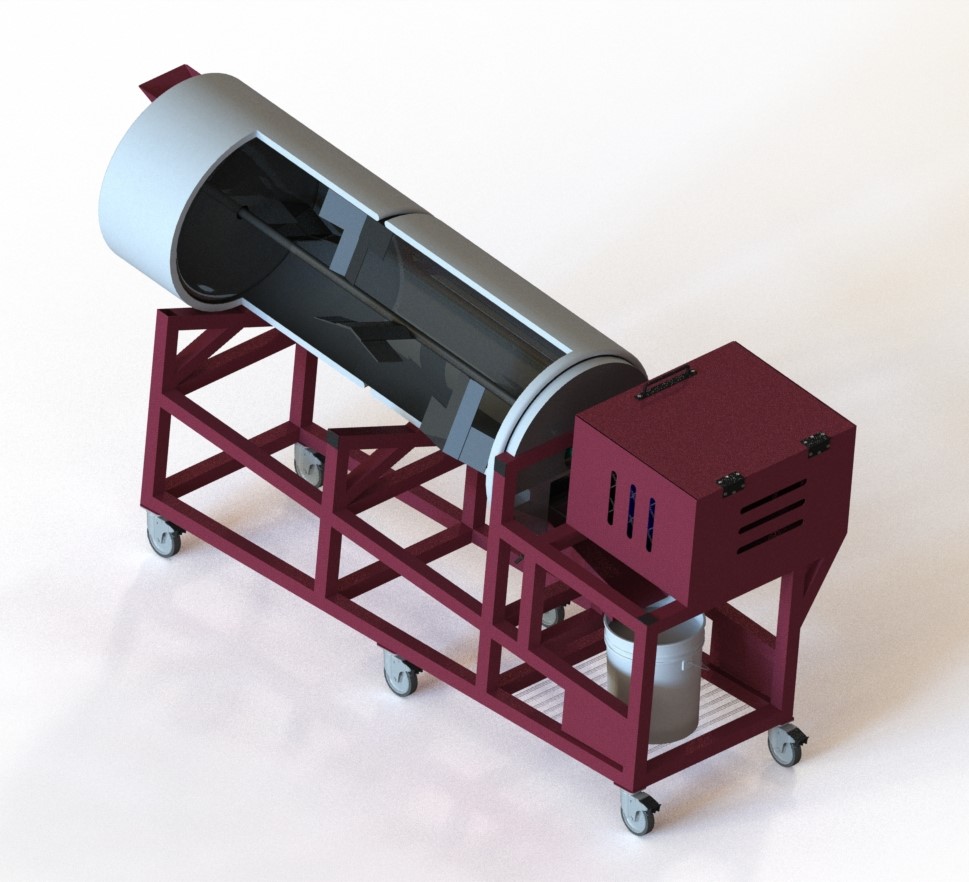
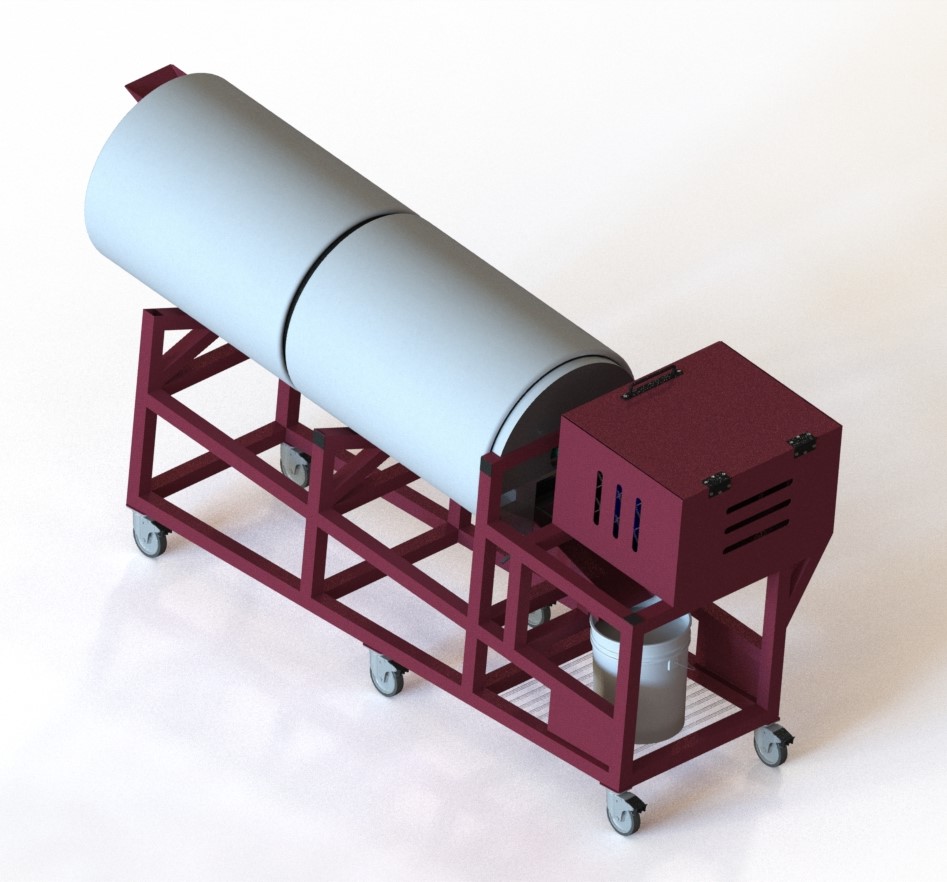
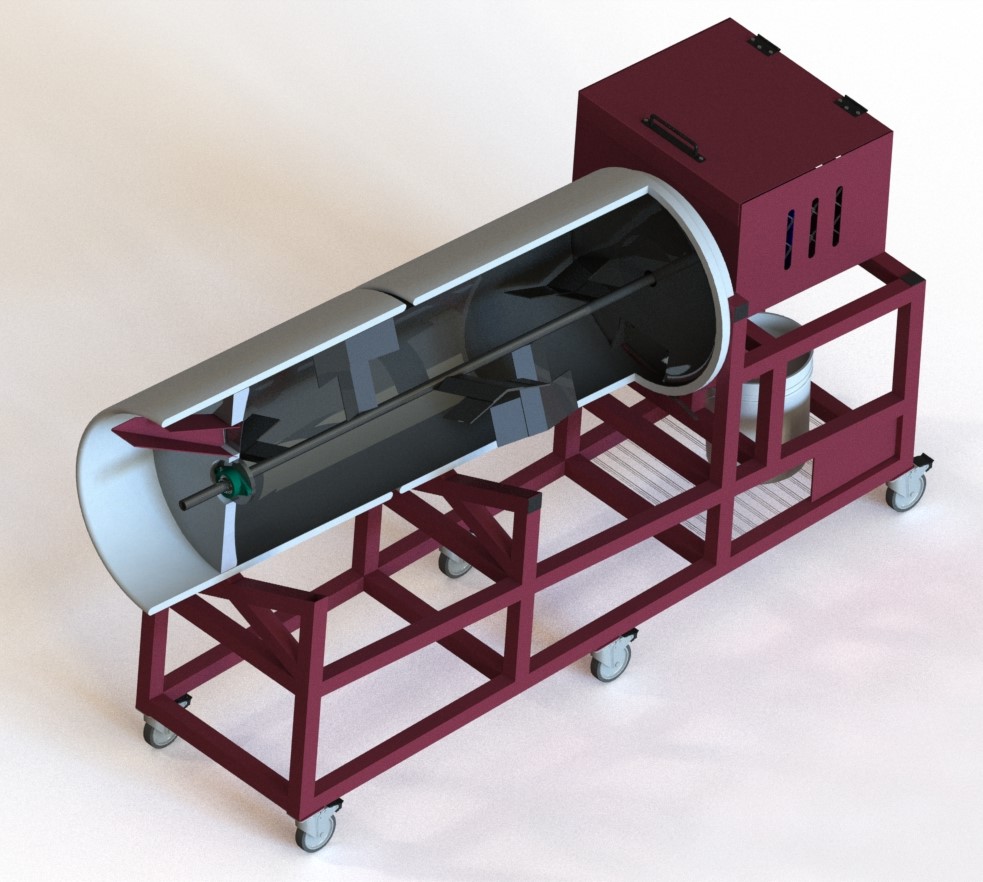
Project Sponsor: Dr. Kun Zhang
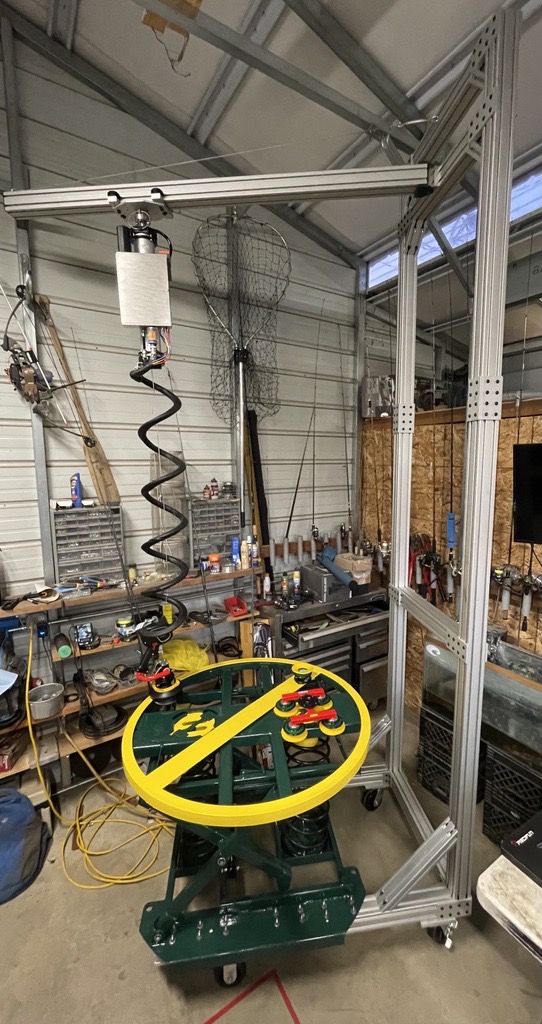
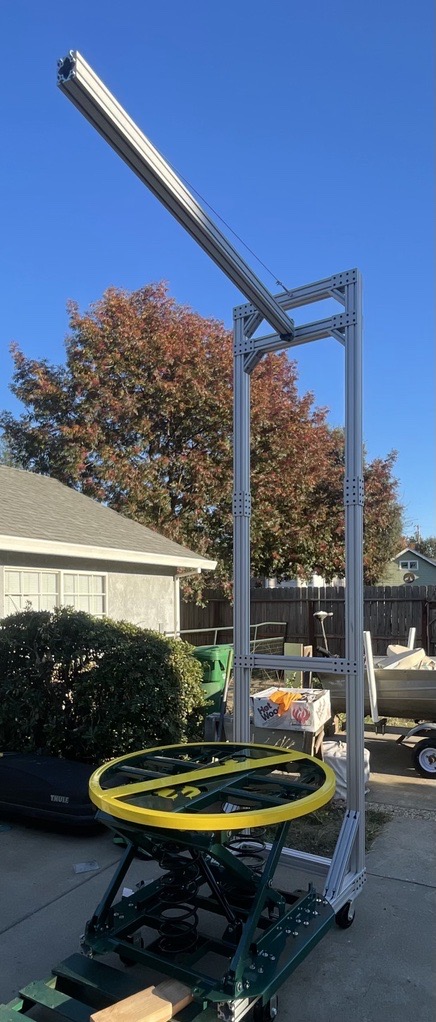
The concept that was developed to solve the issues listed above is the semi-automated palletizer. It utilized a preconstructed pallet load leveler that was supplied by California olive ranch as well as a 6061-aluminum extrusion frame. The main assembly that offers a 100% lifting and twisting reduction is a vacuum system that is supplied by Lifts All.
Project Sponsor: California Olive Ranch

Constructed with precision engineering and user-friendly design principles, the gimbal utilizes off-the-shelf mechanical and computer hardware for efficient manufacturing and assembly. Equipped with stepper motors, it ensures precise control during operation, even in extreme environments such as cold temperatures and low pressure. Notably, the system can handle loads well beyond the g-forces experienced by the aircraft, thanks to its direct airframe mounting, enhancing stability during high-altitude missions.
Project Sponsor: Solar Winds Sherpas Research Group
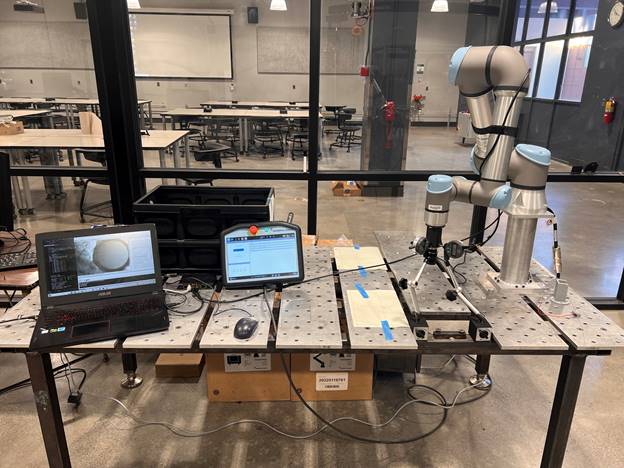
The UR5e Robot arm, which is used in multi-perspective spatial alignment, is a high-repeatability device. This makes it an ideal candidate for assisting in visually aligning the XPP beamline to the material being studied. However, it is essential to test the limitations of this repeatability to ensure that the arm is consistently performing within the required 200-micron tolerances for experimentation.
To evaluate camera viewpoint repeatability, the OpenCV library is employed. This open-source computer vision library is utilized for image processing and analysis. To determine the UR5e physical limitations, test procedures were established using a Mitutoyo 543-791B digital dial indicator (DDI), which has a 0.001mm resolution (1-micron) with an accuracy of +/- 0.003mm. This instrument is used to measure the UR5e robot arm repeatability. The results from the machine vision data are then compared with the physical measurements obtained using the DDI. This comparison helps to test and verify camera viewpoint repeatability. The results inform the performance of the written software code and may lead to further optimization if necessary. The ultimate goal is to ensure that both the UR5e robot arm and the camera are performing consistently and within the required tolerances.
In summary, the Capstone team's objective is to reduce interruptions in beam time use of the X-ray Pump Probe by enhancing the camera-viewpoint repeatability of the purpose of assisting in the multi-perspective spatial alignment system.
Project Sponsor: SLAC National Accelerator Laboratory, LCLS

The NET features two identical assemblies on two parallel sides of the carriage. There are four solenoids in each of these assemblies. These solenoids actuate four long aluminum pins that engage with an oversized female rail mounted to the carriage. Four pins were used to increase the catch resolution, allowing for successful engagements at smaller rebounds. These solenoids are housed in a mounting plate subassembly attached to four linear guides that ride on rails attached to two separate support members. This mounting plate subassembly is secured to the top of two shocks, which, in turn, are attached to the same support members through a bottom mount. When the pins engage with the catch rail through the actuation of the solenoids, the linear guides and NET assemblies move as a single unit and compress the shock absorbers to mitigate shock. To calculate the rebound velocity and trigger the solenoids at the apex of the rebound, aphotogate sensor works in conjunction with an Arduino Opta PLC.
Project Sponsor: Sam Stone, Test Engineer, of the Environmental and Mechanical Test Group (EMTG) at Lawrence Livermore National Laboratory (LLNL)
Project Sponsor: Safepath Products
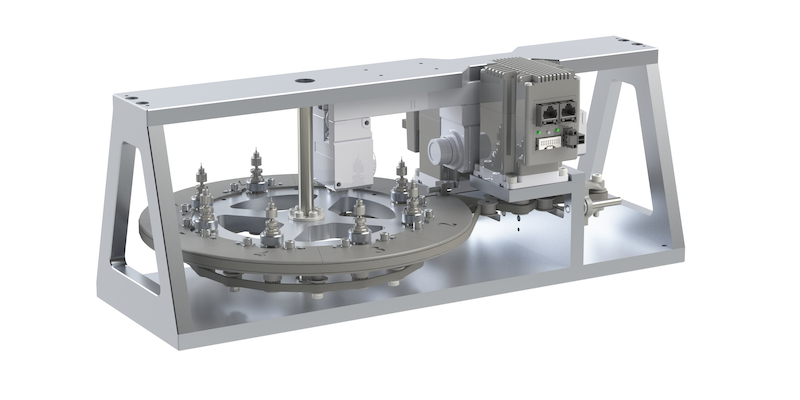
The precision for the needles is immensely important, as a needle which does not meet the required specifications has the potential to become dislodged from the injection-molded-plastic-hub it is pressedinto and break off into the user’s skin. There are quality control stations in line with the manufacturing process to ensure this error never reaches the user, but the issue still needs addressing as the quality control station responsible for verifying the needle’s press fit into the injection-molded-plastic-hub has an abnormally high fail rate compared to other quality control stations. Before this project was completed, the batch verification process was done manually, which is slow, tedious work. Not to mention that human error can skew results for the batch verification process. The completed project is not subject to as much user error as the measurements are all taken automatically by the machine, all while measuring each needle in a fraction of the time it would take a human to measure manually. Not only does this machine allow Intuity Medical to verify batches of needles quicker than before, but it will also aid them in the research and development process to quickly test or verify new manufacturing processes to lower the fail rate of the aforementioned quality control station.
Project Sponsor: Intuity Medical Inc.
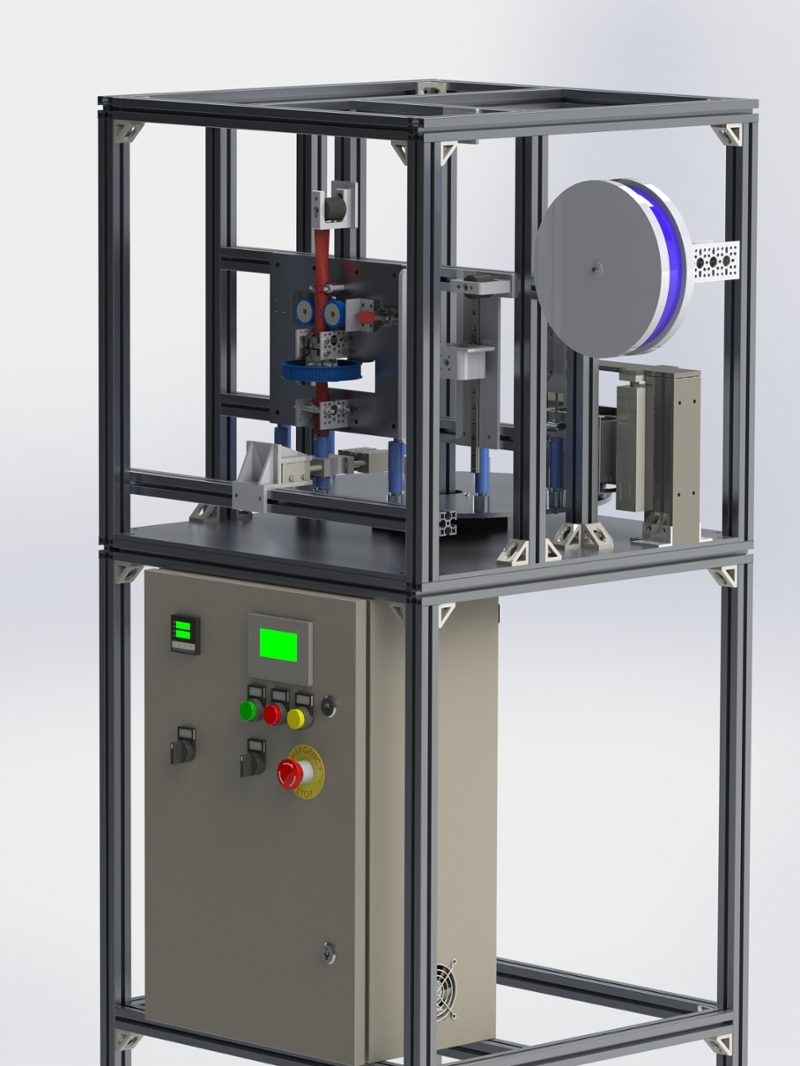
Our machine has various different subsystems that feed, cut, place, and heat the sleeving material. A motorized spool mount feeds material to the dancer roller assembly so that the material is kept in slight tension. The material is then fed via motor driven rollers over the mandrel, which opens the sleeve. The opened sleeve is fed down the mandrel past the rotational cutter assembly, which cuts the sleeve to length. The sleeve is then pushed down over the 18650 battery cell below, which is pneumatically aligned below the mandrel. The rotary stage then rotates the cells to the pneumatic tamper and heater assemblies so that the sleeve is properly placed and affixed to the battery cell.
Project Sponsor: Nanotech Energy

